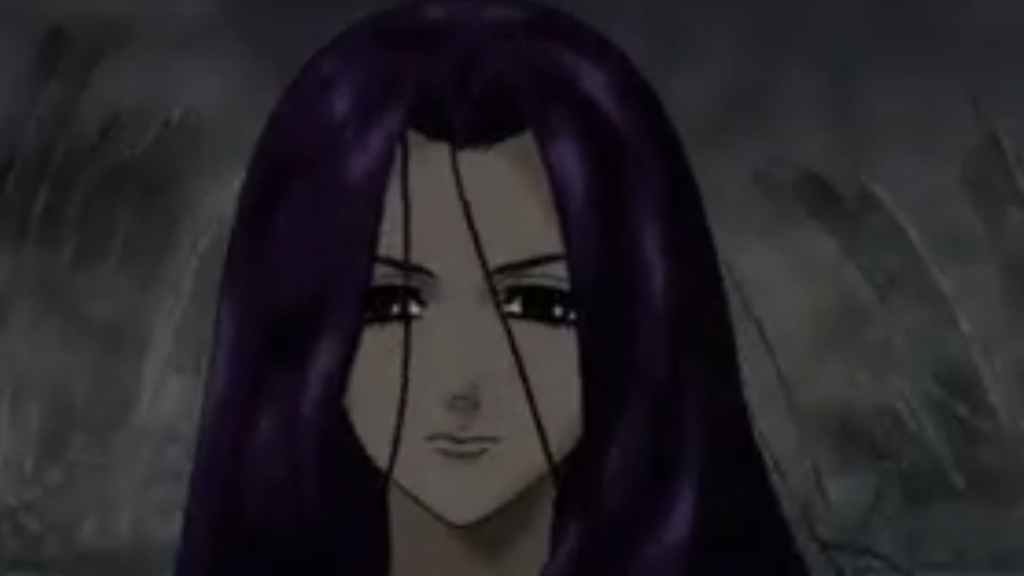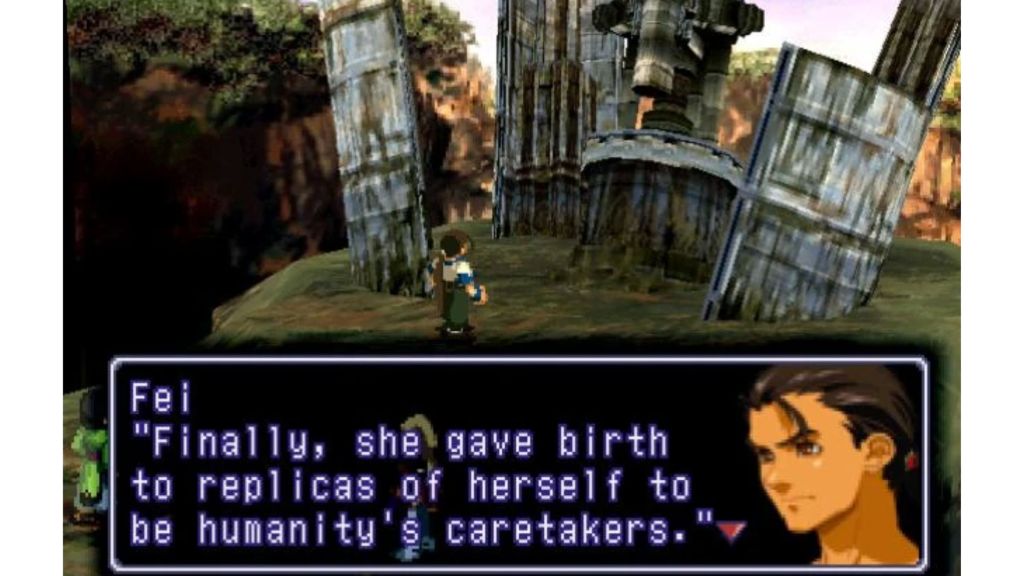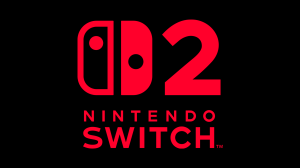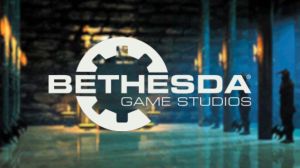The 1990s were a golden age for role-playing games. Final Fantasy VI and VII, Super Mario RPG, Vagrant Story, and Final Fantasy Tactics are just a handful of these titles. While many were played through Nintendo’s Super Nintendo Entertainment System, the late 1990s saw PlayStation emerging on top. The hardware of Sony’s home console enabled developers to innovate in new ways, demonstrating that interactive storytelling could rival other forms of media. One such game exemplified this with its sci-fi themes and ambitious look into psychology, religion, and philosophy, making it stand out among other titans of this genre. Sadly, it never got the acclaim it deserved due to outside circumstances.
Videos by ComicBook.com
Xenogears was developed by SquareSoft, no strangers to incredible JRPGs, in 1998. To this day, it remains one of the most intellectual and daring RPGs ever made. I loved the blend of mecha warfare with theology, love, and the human struggle for identity. SquareSoft’s masterful storytelling hit its stride here, but never fully realized its potential due to the game’s rushed slideshow ending. But even unfinished and in spite of its cliffhanger, Xenogears remains an emotionally powerful tale.
Xenogears’ Story and Cast Are Unlike Anything Else

At first, Xenogears opens up like so many RPGs before it: a small-town protagonist is caught up in a war and thrust into something much bigger. However, as the game unfolds, I learned that it wouldn’t follow the genre’s usual tropes. Fei Fong Wong is the protagonist, an amnesiac young man living a quiet life. But the story truly begins when a mysterious mech, known as Gears, appears, ultimately leading to the destruction of Fei’s village and his departure.
SquareSoft slowly peels back the layers of mystery surrounding Fei while diving deeper into Xenogears’ world as the game progresses. Players would uncover a complex web of reincarnation, trauma, and destiny that spans thousands of years, culminating in a quest to kill God. Final Fantasy VII explored dissociative identities, but Xenogears took this even further by making it a central part of Fei’s character arc, symbolizing humanity’s fractured nature and inner conflicts.
The supporting cast is equally deep. Elly, Fei’s counterpart and tragic love interest, and Citan, a philosopher-doctor with hidden motives, are more than just companions. Each represents a different aspect of free will, faith, and morality. Their personal stories intertwine with the larger narrative, questioning and creating emotional and thematic plot points that still resonate with me today.
It wasn’t just the scope of Xenogears that set it apart, but the topics it tackled. It was almost not released in the West because it focused heavily on religion and killing God. Existentialism and human suffering rounded this out, showing SquareSoft wasn’t afraid to wrap these sensitive themes in a dense and challenging experience. Xenogears went above and beyond with its cinematic storytelling and ambition
Complex Gameplay That Matched Xenogears’ Depth

While the narrative is one of the most appealing parts of Xenogears for me, its gameplay was no slouch either. It featured traditional turn-based combat, but with a unique combo system. Players could input martial arts-style button sequences to use special attacks. It combined many aspects of Square’s previous games to create one that felt like a mini rhythm game: part strategy and part timing. New abilities could be learned based on a character’s fighting style, allowing for progression and customization.
But SquareSoft took this a step further with its use of Gears. These massive mechs weren’t just a story element, but a gameplay one as well. It introduced a separate type of battle where players pilot Gears, using a different system focusing on managing fuel for attacks and upgrades. This dual combat system mirrored the duality of Xenogears’ story through human and machine identities.
Exploration was also a delight thanks to the beautiful and richly designed world. Xenogears features a blend of futuristic ruins with ancient architecture that hints at a lost civilization. This leads to political factions, religious institutions, and hidden alien technology. And it wasn’t just for looks; these elements fit seamlessly into the narrative as well. All of this combined to create a cohesive picture where every aspect worked together to create a masterpiece that never got the acclaim it deserved despite its powerful story and engaging gameplay.
Where Xenogears Went Wrong

Xenogears’ disc 2 is infamous among the JRPG community. While the first disc masterfully handles pacing and storytelling through gradually building up tension and laying mysteries, the second half of the game sees a major change. What comes after the halfway point is messy, rushed, and seemingly unfinished, leaving players with a major cliffhanger. Instead of continuing the engaging gameplay, much of the conclusion is seen through narrated cutscenes and text-based summaries almost like a slideshow. Entire story arcs were condensed into exposition, and several key moments lost their impact through descriptions rather than experiences.
The shift was jarring to say the least. The cinematic mastery of the first disc left fans wondering what happened during development. Tetsuya Takahashi, the game’s director, revealed years later that many of SquareSoft’s team were focused on Final Fantasy VII, leaving him to lead developers who were not experienced with 3D design. Xenogears also spiraled out of control in scope, causing the game to become so big that disc 2 was almost cut and made into a sequel.
But SquareSoft pushed forward, cramming as much as it could into the game. Time eventually would run out, as a majority of the team had to learn as they were developing the game. This would ultimately lead to the game being unfinished and see many of the creative minds leave to form Monolith Soft and Xenoblade Chronicles. But even unfinished, Xenogears left a major mark on me and so many other gamers. This PS1 JRPG became a cult classic and still inspires players today, even if it’s highly unlikely we’ll ever see it return.
What do you think? Leave a comment below and join the conversation now in the ComicBook Forum!









